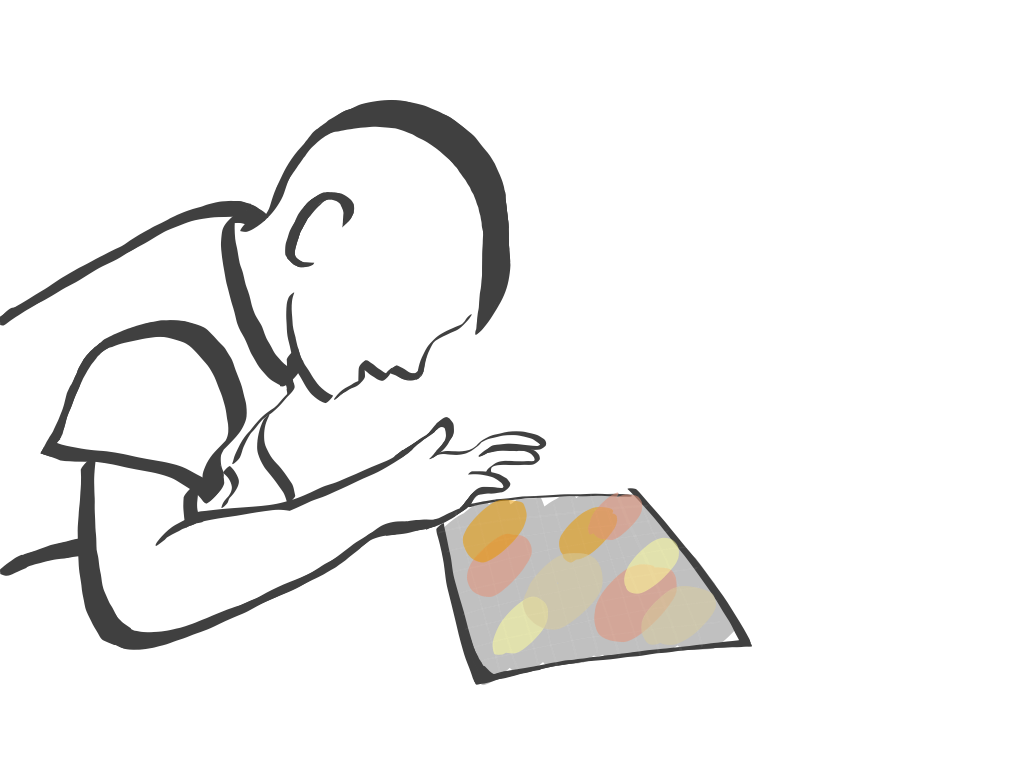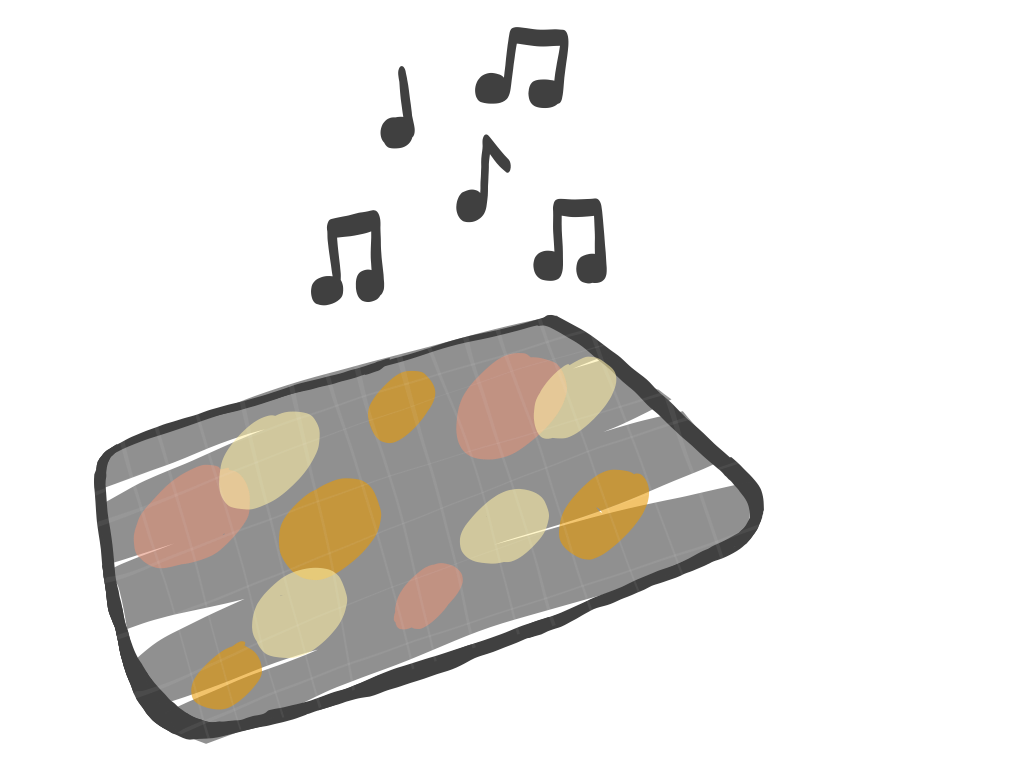A basic iterative design process was followed in ideating and designing the final concept. This design process started with initial research as a team regarding the problem space where potential and existing solutions were reviewed to have a deeper understanding of the correlation between learning and music. Based of the initial research, team members then conducted more focused research into our own individual direction of the concept.
Based on background research, it was evident that music can maximise learning and improve memory, whereas colours are behaviour altering stimuli caused by emotional responses. According to Thoma et al., 2013, music has been proven to beneficially affect stress related physiological, cognitive and emotional processes. Therefore the use of music is a highly accepted intervention tool to manage stress and stress related issues. Incorporating both of these elements to the conceptual design would add value to the nature of the concept in dealing with the aims of the project. The main inspiration for my concept was a calm down jar used by occupational therapists to help children self-regulate and melt away troubles that are causing big emotions. The idea came about to incorporate the same values from related work to a concept that would include a digital component, utilising computing to help enhance the experience and delivery of the concept.
In order to design my concept to accurately reflect the needs of the target audience a proposed solution to the problems I have identified was conceptualised and tested informally within a small group of early childcare educators to identify the suitability of the concept, its form and intended experience. The key takeaway from this activity was to steer away from harsh visual stimuli as it might be too much of a stimulus to the brain especially among young children, this also meant that LCD screens should be avoided. Additionally, though more research and feedback, it was also important for the physical prototype to incorporate a more tactile material to better facilitate the child’s ability to destress, similar to a stress ball. As part of an in-class activity, our concepts were also evaluated by peers from other groups which was insightful, the main takeaway that has impacted the prototype built was to incorporate more interactions with the board.
A rough prototype was constructed to visualise the concept and to be used as a means of user testing. As part of the assessment piece, a video was produced to describe the intended use of the concept, outlining scenarios of use and the intended experience. Key outcomes of this activities then informed the design of the Final Delivery.
(link to documentation can be found below)













